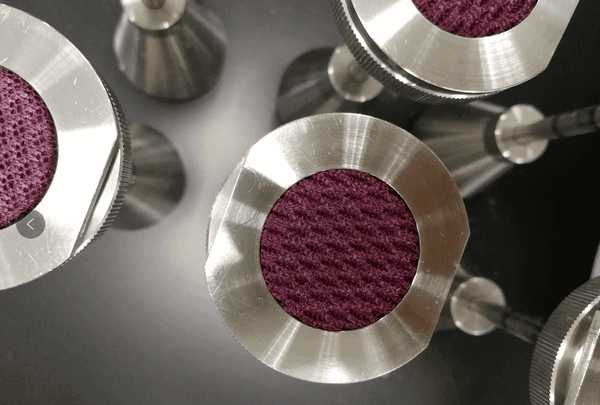- Qinsun Instruments Co., Ltd.
- Tell:+86-21-6780 0179
- Phone:+86-17740808215
- Address:No. 2578 Minhang District Gu Dai Road, Shanghai
- Contact:Mr. Li
- QQ:846490659
Selection of electromagnetic flow meters

Electromagnetic flow meters, as a large category of flow meters, are widely used because of their simple structure, and fluid flow through the flow meter will not cause pressure loss; Electromagnetic flow meters can measure domestic wastewater, industrial wastewater, and even the flow rate of liquid-solid phases. The main characteristics of electromagnetic flow meters are: the measurement process is not easily affected by the density, temperature, and viscosity of the liquid; The speed measurement scale is relatively wide. Of course, electromagnetic flow meters have limitations in measuring because they can only measure conductive liquids and cannot measure gases and vapors. So what aspects should be considered when selecting electromagnetic flow meters?
1. Conductivity
The medium measured by electromagnetic flow meters requires conductivity requirements. The liquid conductivity needs to be greater than 5 μ S/cm.
2. Accuracy level
The accuracy of electromagnetic flow meters is high because liquid flow meters have a large measurement range. If the measurement range is large, the accuracy must be small, and the larger the range, the greater the error. Therefore, it is necessary to strictly control the accuracy. The accuracy of electromagnetic flow meters is in the range of 0.5-1, while the accuracy of conventional glass and metal flow meters is in the range of 2.5. The difference is still quite significant. In terms of measurement and billing, it is still necessary to choose high-precision electromagnetic flow meters.
3. Selection of flow velocity and caliber
The flow rate requirement for electromagnetic flow meters is between 0.5-15m/s, and a reasonable flow rate is generally suitable between 1.5-3m/s. The flow rate is too fast, and if it contains particles, it may scratch the PTFE lining. There needs to be a reasonable selection of flow velocity and diameter.
4. Selection of grounding rings and electrode materials
Due to the mismatch between the tested liquid and the electrode or grounding ring, there are drawbacks. This mismatch not only causes corrosion issues, but also external effects of the electrode, mainly including chemical reactions, polarization phenomena, and catalytic effects. The grounding ring also has these issues, but the impact level is smaller.
5. Solid phase in liquid
Assuming particles are present in the liquid, there may be drawbacks such as covering up layers on the surface of electrodes and fabrics, lining wear, and reduced cross-sectional area of pipelines. Some relatively simple crystalline liquids have a solid layer hanging on the inner wall of the flow meter when the fluid flows through it. Because other types of flow meters also have the same problem, it is possible to choose a pipeline with a short measurement pipeline and simple disassembly. After crystallization, it can be easily disassembled to terminate protection.





